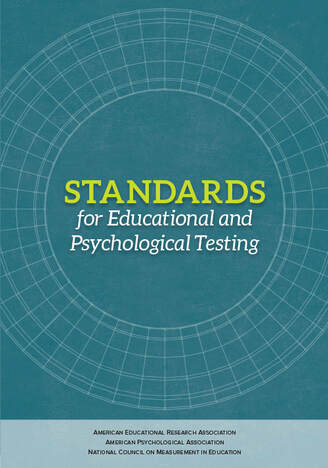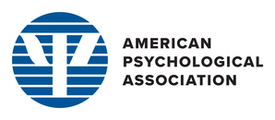About the Testing Standards

Background:
The Standards for Educational and Psychological Testing has been produced through a long-standing collaboration of three associations: the American Educational Research Association (AERA), the American Psychological Association (APA), and the National Council on Measurement in Education (NCME). First published in 1966, the Testing Standards has been revised periodically. The collaboration of the three associations has been formalized in a cooperative agreement that creates a management structure and sets procedures for maintaining and revising the Testing Standards. The agreement designates a publisher, currently AERA, to handle the distribution and sales; a Management Committee composed of one representative from each association to oversee all aspects of the Testing Standards; and a Joint Committee to prepare the actual revision for approval of the associations. From the outset, all income above costs of printing and distribution of the Testing Standards has been placed in a reserve to finance the work of
future revisions.
The purpose of this website is to provide general information about the Standards for Educational and Psychological Testing and the 2014 revision of the Testing Standards. The website provides a brief history of the Standards, beginning with the Technical Recommendations for Psychological Tests and Diagnostic Techniques published by APA in 1954.
The Standards for Educational and Psychological Testing has been produced through a long-standing collaboration of three associations: the American Educational Research Association (AERA), the American Psychological Association (APA), and the National Council on Measurement in Education (NCME). First published in 1966, the Testing Standards has been revised periodically. The collaboration of the three associations has been formalized in a cooperative agreement that creates a management structure and sets procedures for maintaining and revising the Testing Standards. The agreement designates a publisher, currently AERA, to handle the distribution and sales; a Management Committee composed of one representative from each association to oversee all aspects of the Testing Standards; and a Joint Committee to prepare the actual revision for approval of the associations. From the outset, all income above costs of printing and distribution of the Testing Standards has been placed in a reserve to finance the work of
future revisions.
The purpose of this website is to provide general information about the Standards for Educational and Psychological Testing and the 2014 revision of the Testing Standards. The website provides a brief history of the Standards, beginning with the Technical Recommendations for Psychological Tests and Diagnostic Techniques published by APA in 1954.
Standards was revised under the aegis of a management committee created by the three organizations to help them determine when revision was required to address new testing issues, set priorities regarding the significant problem areas to be addressed, and to appoint a group of scholars—a Joint Committee—to prepare the revised document.
Among the problem areas addressed in this revision are the following:
Among the problem areas addressed in this revision are the following:
- The chapters on assessment, program evaluation, and public policy were rewritten to address the uses of tests for educational accountability purposes.
- A new chapter on fairness in testing was added to emphasize accessibility and fairness as fundamental issues in testing. The topics formerly addressed in several chapters are now combined into a single, comprehensive chapter, more broadly cast to support appropriate testing and valid score interpretations for all examinees. Specific concerns about fairness are threaded throughout the book.
- The chapter on workplace testing and credentialing was reorganized to clarify when a standard is relevant to employment or credentialing.
- The impact of technology was considered throughout the volume. One major technology issue identified was the tension between the use of proprietary algorithms and test users’ need to evaluate complex applications in areas such as automated scoring of essays, administering and scoring of innovative item types, and computer-based testing.
- To improve readability, individual standards are now organized under themes, and each chapter in the Foundations section (Part I) now has an overarching standard.


